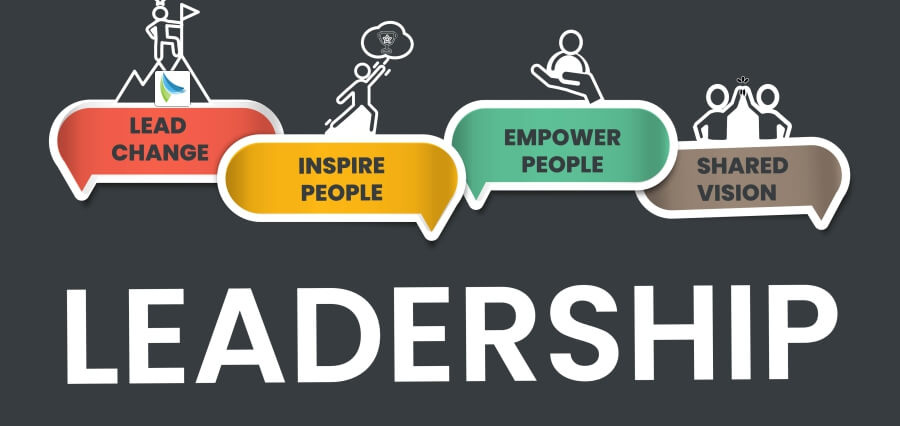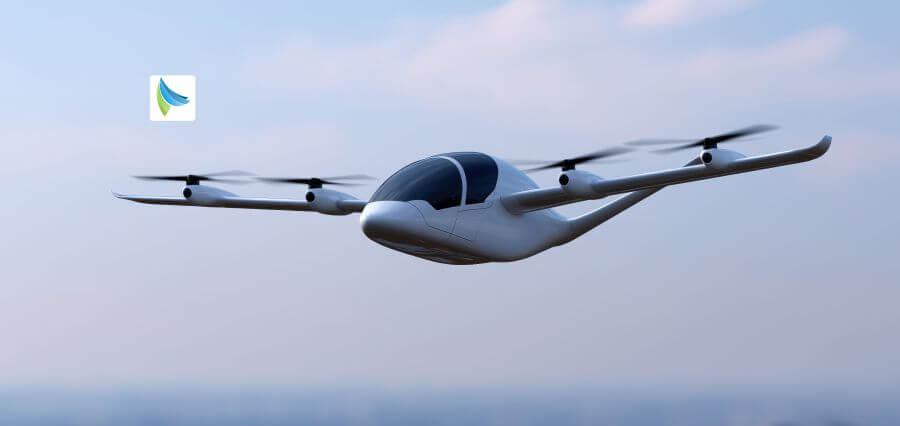Digital Twins and the Metaverse
Consider being in a virtual metropolis that recreates an actual metropolis in all its details or interacting with a computer model of a machine to simulate its behavior without ever needing to physically touch the hardware. It is not fiction but the new reality, which is propelling the digital twins and the metaverse, two disruptive technologies that are pushing the limits of digital transformation and redefining customer experience.
Understanding Digital Twins and the Metaverse
A digital twin is a simulated copy of a real thing, system, or process. It uses real-time data to replicate the state and behavior of its real-world counterpart, which allows businesses to simulate, analyze, and optimize operations remotely. The manufacturing, healthcare, and urban planning industries apply this technology, and it provides insights into the decision-making processes.
On the other hand, the metaverse is a more engaging and communal virtual world where users can engage in real-time with each other and with the digital world. It is a blend of virtual reality (VR), blockchain, and augmented reality (AR) to establish a persistent digital universe. It is a place where users can do both social interaction and complex simulations, with unparalleled innovation and collaboration.
Integrating Digital Twins into the Metaverse
The intersection of the metaverse and digital twins is opening a new digital transformation era. With the introduction of digital twins into the metaverse, companies will be able to develop interactive, dynamic simulations that resemble reality. This integration carries several benefits:
Improved Operational Efficiency: Physical assets can be re-created virtually, which allows them to be real-time tracked and proactively maintained to reduce the amount of downtime and improve resource allocation.
Immersive Training and Simulation: The metaverse can also be used to run realistic training programs that allow employees to exercise skills and situations by interacting with digital twins without any risk.
Collaborative Innovation: A shared virtual environment is available to teams, and they can brainstorm, design and test solutions in a risk-free environment using digital twins.
Personalized Customer Experiences: Companies provide their clients with the possibility to communicate with virtual models of goods or services and offer them a personal and engaging experience that would increase the satisfaction levels and loyalty.
Driving Digital Transformation Across Industries
The fusion of the metaverse and digital twins is driving digital transformation across various industries:
Manufacturing: Businesses can model their production lines and experiment with alterations in a virtual setup and gauge inefficiencies and streamline processes before making changes in real time.
Urban Planning: The creation of virtual models of urban regions, modeling of traffic flows, environmental effects, and infrastructure development allows the city planners to have a clear understanding of urban development.
Education: Educational facilities can provide experiential learning, where students work with virtual representations of historical events, scientific processes, or complex systems, and improve learning and memory.
Entertainment: Entertainment can be used to create interactive experiences such as virtual concerts or events, where customers are allowed to engage with a digital twin of an artist or place.
Challenges and Considerations
Although the combination of digital twins and the metaverse has many advantages, there is a set of challenges that organizations will have to overcome:
Data Security and Privacy: The fact of collecting and sharing real-time information is something that challenges security and privacy. The secret to minimizing risk is to implement effective cybersecurity and comply with the guidelines of data protection.
Cost and Resource Allocation: The creation and sustenance of digital twins and metaverse spaces may be resource heavy. Organizations must carefully assess the return on investment and allocate resources strategically to maximize benefits.
User Adoption: The implementation of newer technologies must be encouraged through friendly interfaces, adequate training, and explanation of value and benefits of the technologies.
End Note
Conclusively, the metaverse and digital twins’ synergy will revolutionize the digital transformation space and customer experience in the future. In this ever-evolving world of technologies, firms that embrace them will be in a better position to offer their clientele personalized, immersive, and efficient solutions.
Lastly, the introduction of digital twins into the metaverse is a significant innovation in the digital transformation and provides businesses with the potential to enhance their activity and to ensure the best customer experience. Implementation of these technologies is going to enable organizations to surmount the challenges of the digital era and set on the path towards future success in an ever-interconnected world.












